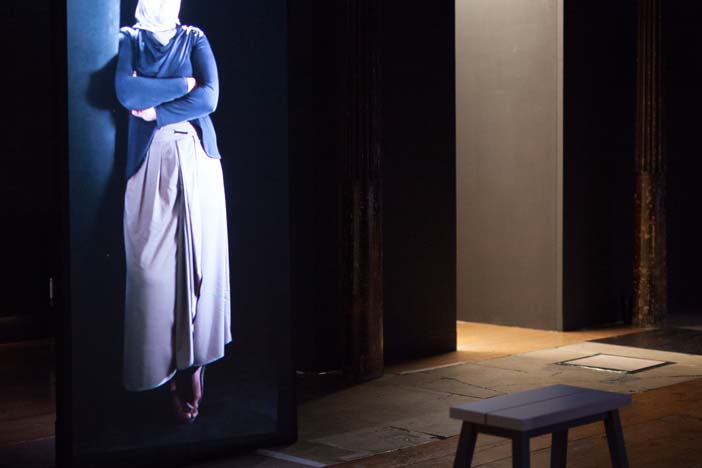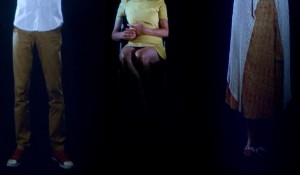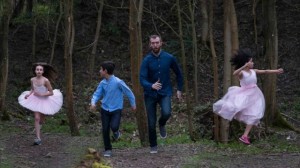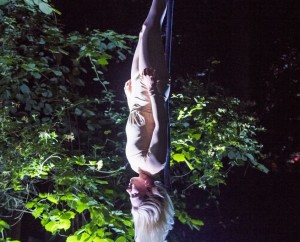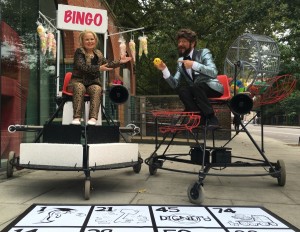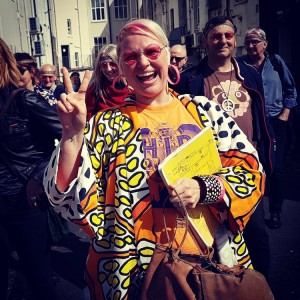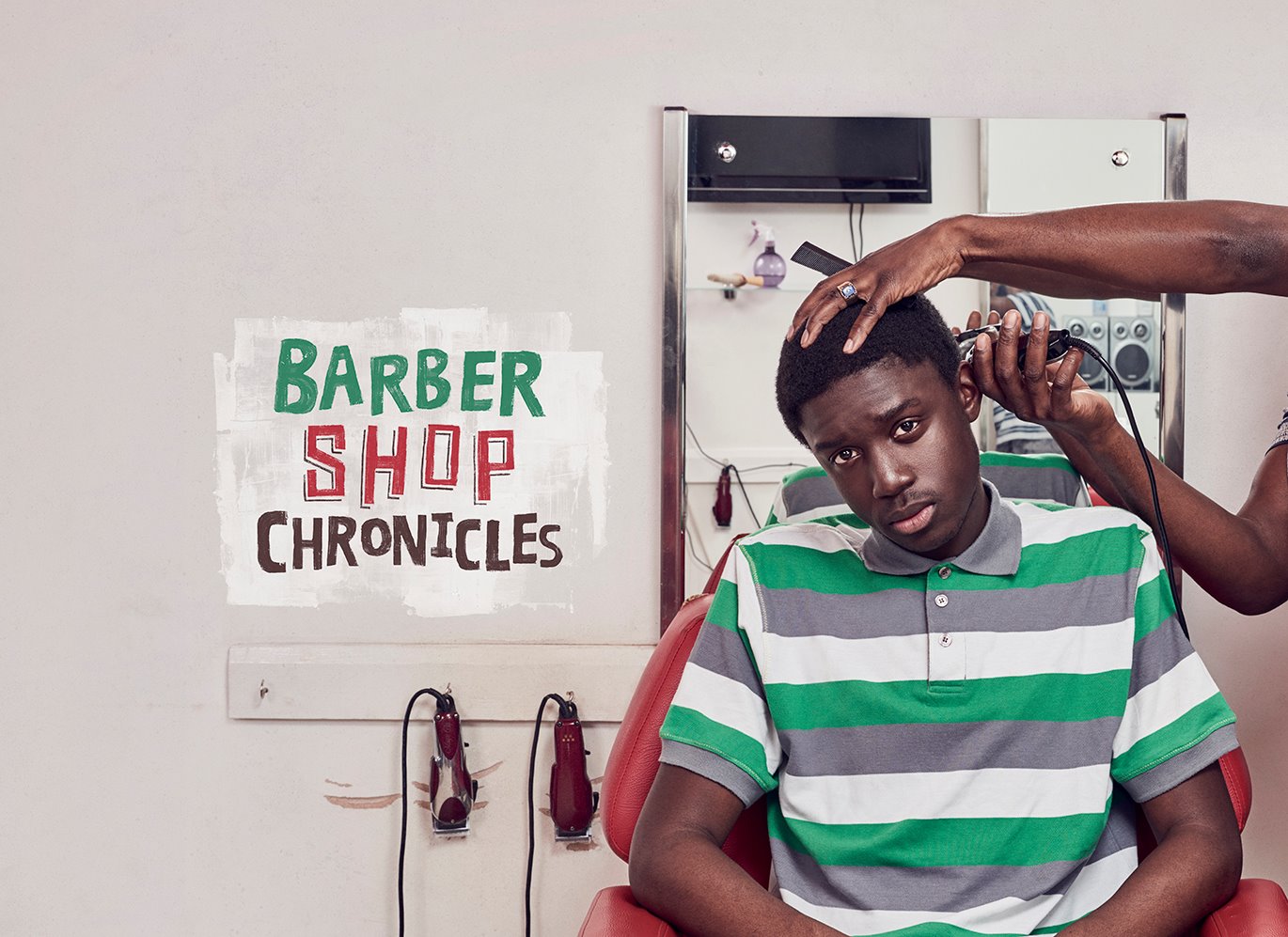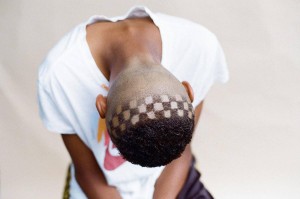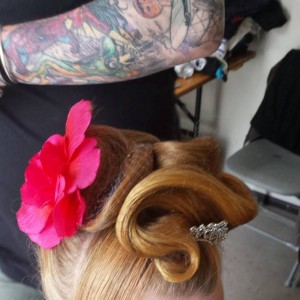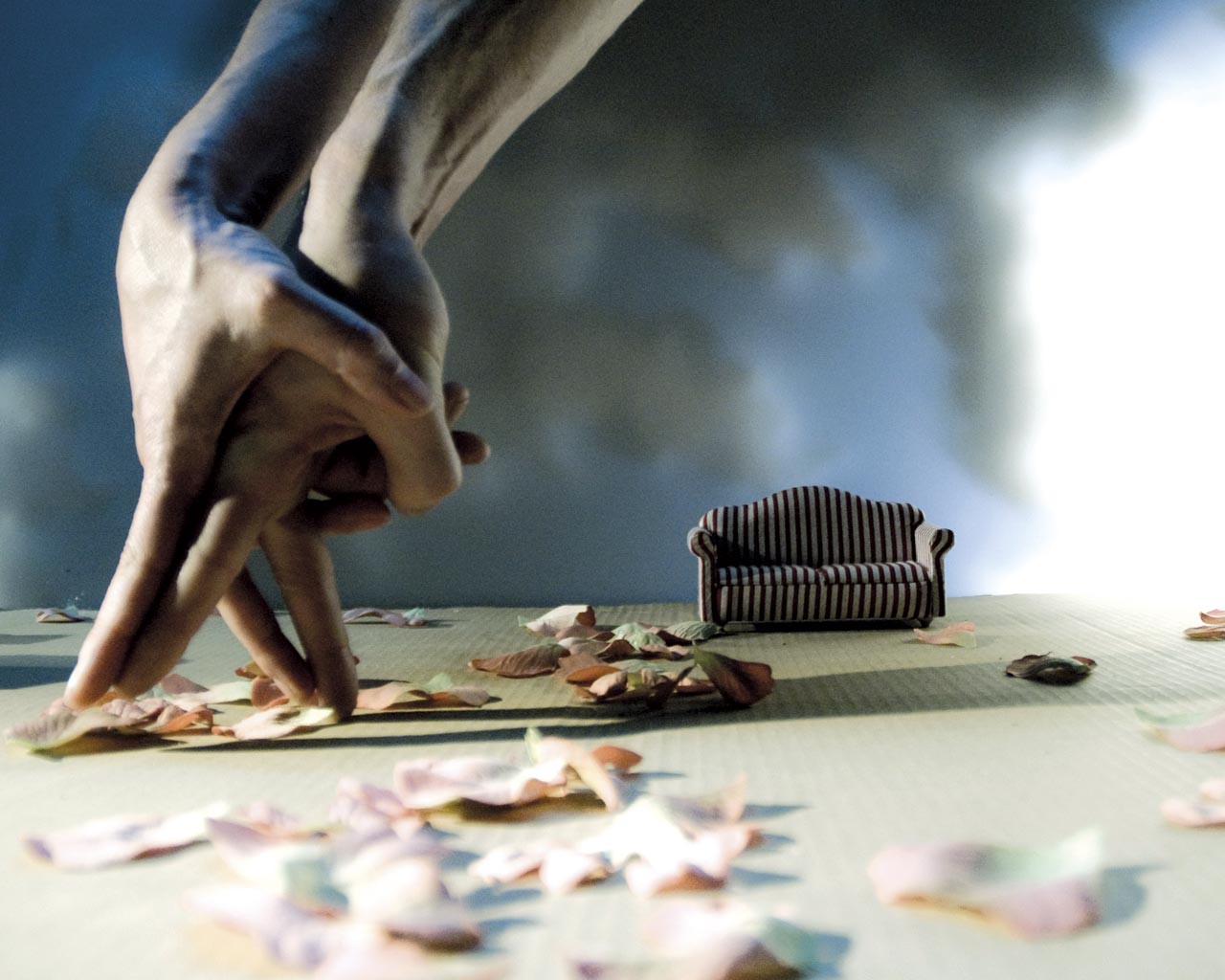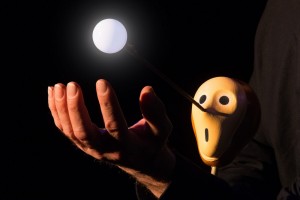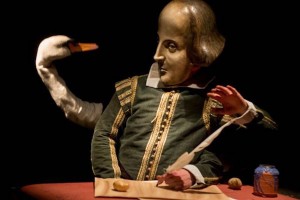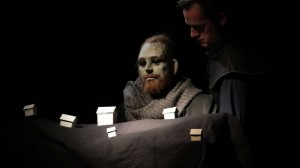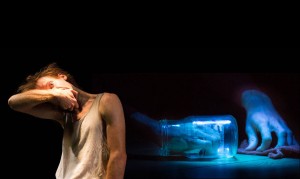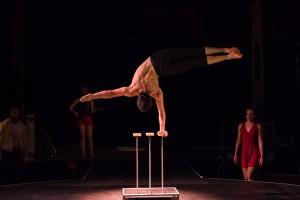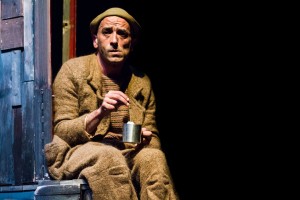How do we look at video installation work? How should we look at it? Specifically, how much time do we give it? Are audience members expected to watch all the material presented, from beginning to end, or to just dip in and out? And in looped screenings, where the heck is the beginning and the end anyway? How do we take our time and use our time as spectators?
A couple of very different installation works seen at Brighton Festival 2017 provoked these questions.
The only reason for time is so that everything doesn’t happen at once, said Albert Einstein – but there again, he hasn’t been to Fabrica gallery recently…
They/Onlar is a multi-screen video installation by Turkish artist Ipek Duben, sited in Fabrica, a beautiful, 19th century deconsecrated chapel in Brighton’s historic Lanes, throughout the Brighton Festival month of May. As we walk blinking off the street and into the dark interior of the church, we hear voices, a constant burble. It sounds as if the space might be very busy with chattering people – which it is, but the chattering is coming not from visitors but from the speakers hanging over the full-length (talking bodies rather than just talking heads) screen images of a number of individuals who, in modern day Turkey, are more often than not displaced as ‘other’. The people we are here to meet virtually include Kurds, Armenians, Jews, LGBT people, and a female victim of domestic violence who is now shunned by her neighbours because she left her husband. There are six screens, each one devoted exclusively to one person’s story, together with a triptych of screens that show us edited excerpts from interviews, these juxtaposed to give opposing or endorsing views of, for example, homosexuality, or a woman’s place in society. We note that in some cases, people discriminated against for one reason express bigotry against another group for a different reason. Thus is life.
One thing puzzles me, which is the inclusion in the triptych of people whose story we have not met on one of the screens. It turns out that the original work, when staged in Istanbul, had a far larger number of screens (around 19 I believe), but here we get just six people profiled. Thus, we are given edited snippets from interviews we haven’t seen in full. It makes for a slightly odd and unbalanced representation, but is nevertheless a striking and unsettling work. The low lighting, babel of voices, and larger-than-life screen figures all vying for our attention create a perfect metaphor for the bustling world of human stories, all crying out to be heard. Being here surrounded by so many stories calling for our attention is quite disarming and unsettling. Quite likely this response is anticipated by the artist, who could (we assume) have chosen to place headphones in front of each screen so listening was a quiet and private affair, but eschewed this choice in favour of the competing chorus of narratives.
Even with just six screen subjects, plus the triptych, to view, rather than the original 19-screen+ installation, there just doesn’t seem to be enough time to sit and listen to the full cycle of stories. I’m not sure how long each monologue is, but in two one-hour-plus visits to the gallery, I experience three interviews in full, a substantial amount of the triptych edited moments, and snippets of others. Perhaps that is what is intended – that we dip in and out, feeling a little bit pressurised and guilty that we are picking one person over another. I also spend some time, on the first visit, reading and looking at the documentation presented about the making of the piece and the artists’s vision. I notice, in both my visits, that a lot of people wander in, glance around, look and listen briefly to a few of the screen monologues, and wander out again, with an ‘oh yeah, I get it’ nod to the usher. Which is fine, I suppose – it’s a free exhibition both in the sense that there is no entrance charge and that the doors at the end of the gallery are open so spectators can come and go at will. But these stories of discrimination and survival and finding your way in a world that doesn’t necessarily allow you to be who you are feel so vital that I worry, perhaps overly, about the fact that I just can’t manage to give everyone here equal attention. But hey – that’s life, and probably very much the point of the piece.
Vincent Dance Theatre’s Virgin Territory (placed in ONCA gallery, a relatively small exhibition space) is also, predominantly, a multi-screen video installation, although it does have other elements. At least, this incarnation of the project is an installation work – it has also been presented as a live dance-theatre work. In this case, interviews with pre-teens are used as the starting point to create a series of juxtaposed performance-to-camera vignettes and mini-choreographies which explore the impact of digital culture on girls and young women, in particular the invasion of personal space and the hyper-sexualisation of young females. The series of short films – highly stylised representations of, for example, a drunken woman’s stagger through a car park on high heels, or a pseudo-rape scene on a street, or schoolgirls fighting off male aggressors like super-heroes – deliberately harrowing and unnerving material – play on a loop, and are shown on screens which are mirrored on the reverse, so if we move around we can catch voyeuristic glimpses of ourselves watching the screens, and watching other audience members watching the screens. The video work is augmented by the presence of physical objects, placed in racks under the screens as if in a school cloakroom, with smaller spaces downstairs containing other physical objects and another screened film. There is also an online element to the work, with audience invited to engage in digital tasks on social media using the hashtags #VTerritory and #VDTEverydayAction. Apparently there are plans for a related piece, called Shut Down, exploring the digital/online experiences of boys and young men.
The decision to place a large number of chairs in the space, all facing forwards, is quite odd – the space is cluttered, and it feels a little awkward to stand up and move around, especially as any movement seems to provoke an usher coming over to explain what is happening. There is a cycle of around 50 minutes, I am told. You’re around halfway through, and it continues downstairs… I am not quite sure what I should do, and feel a little over-ushered. Watch until it starts to repeat, or stand up and walk about (difficult in so small a space), or investigate the second part downstairs? I decide to move downstairs and to come back on another (quieter?) day to watch the whole cycle of moving image work upstairs. Unfortunately, that day doesn’t come as I misread the closing date, so when I return in the last week of the Festival, it has all gone away. I will, I promise myself, at least pick up the online thread at www.virginterritory.org – but haven’t done so yet.
Downstairs, there is soil and leaves and labels and an invitation to contribute to a tree of positive images of role models for young people. I’m not sure why, but I resist joining in. I’m not convinced that the downstairs part contributes anything significant to the work, but that might be because I felt the lack of space all the time I was in the gallery. It was a busy Saturday mid-Festival, so perhaps that crush was inevitable.
I end up feeling that the staging of the piece (If we can use this theatrical term in this context) was compromised by trying to satisfy two different needs. If it was deemed necessary for the audience to sit through a cycle of almost an hour of looped footage, then we needed to be properly seated in a comfortable setting. If we were supposed to move around, as I am sure we were, we needed the space to do this freely. Lovely though ONCA gallery is – a place where I’ve experienced many beautifully sited exhibitions/events – in this case, it felt like the wrong space for the work presented.
Although I was personally more interested in and drawn to the material presented in Virgin Territory than in They/Onlar, the latter won out in presentation – how it was staged. You made a choice about which screen to sit and watch/listen to, and sat on the little bench in front of it, moving freely around the room without any direction or fuss when you felt the need to. On reflection, this is no doubt why they only six large screens (plus the triptych) were installed, to give the piece some breathing space.
So what we come back to (thank you Albert) is that it is impossible to discuss time without discussing its relationship to space. We can’t take our time if we don’t have the space to do so. As Frank Lloyd Wright once said: space is the breath of art.
Vincent Dance Theatre: Virgin Territory was presented at ONCA Gallery 10–21 May 2017. Ipek Duben: They/Onlar was shown at Fabrica 8 April–29 May 2017. Both installation works were part of Brighton Festival 2017.

